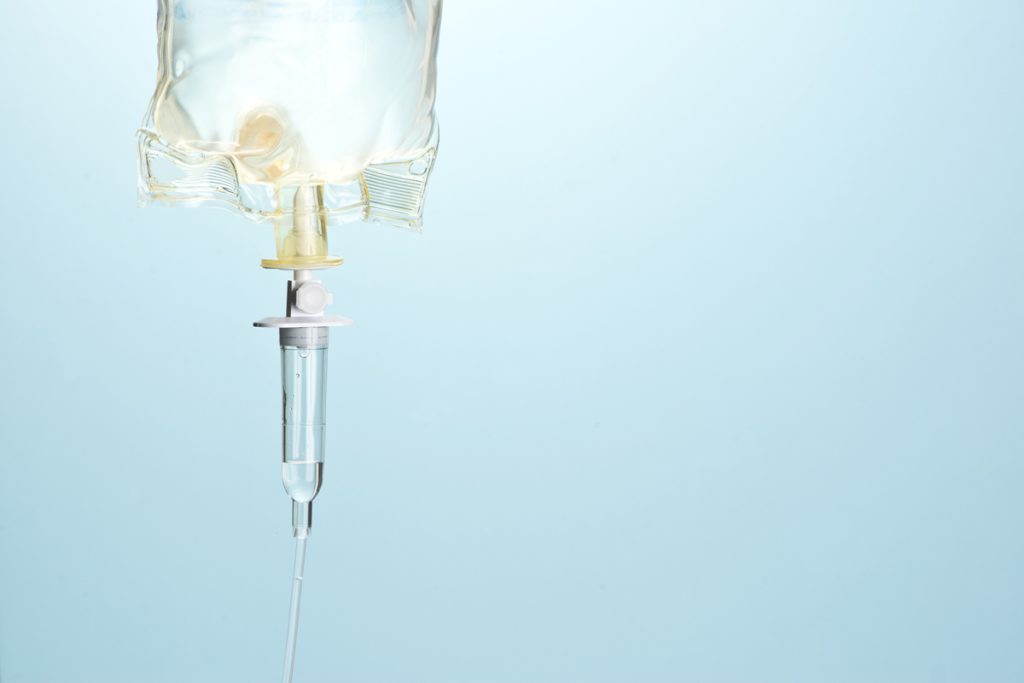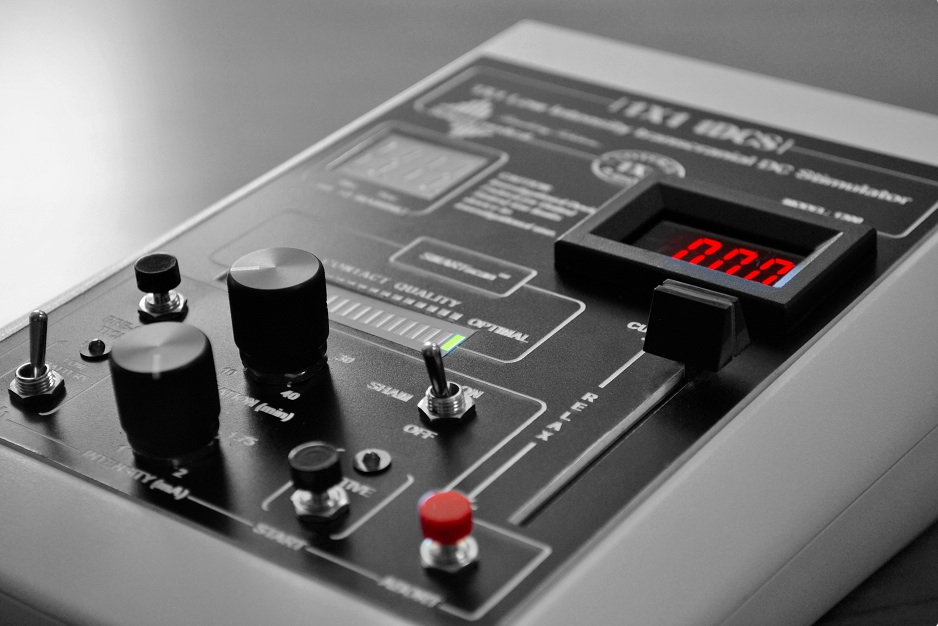Overview
Scientific knowledge combined with long-standing traditional wisdom.
Naturopathic Doctors complete four years of postgraduate naturopathic medical training to practice effective, safe healthcare founded on holistic principles.
Our team has special training and interest in treatment for:
- Hormonal and women’s health
- Mental health
- Fertility
- Digestive health
- Neurological health
- LGBTQI2S+ health
- Allergies and sensitivities
- Cancer
- Persistent pain
Learn More
The goal is to go beyond obvious symptoms to understand the true cause of your concerns. Consider your naturopathic doctor a guide on your path to wellness
Naturopathic medicine is a primary health care system that combines scientific knowledge and long-standing traditional wisdom. Naturopathic doctors see symptoms as warning signals of improper functioning of the body. These doctors work to assess and treat the root cause of disease. Their focus is personalized, preventative medicine.
Your naturopathic doctor is a primary care physician. You can see your naturopath at any time for most primary care concerns. Naturopathic care is covered by most extended healthcare plans
Naturopathic doctors emphasize natural approaches to healing like nutrition, herbal medicine, lifestyle changes, hydrotherapy (i.e., hot and cold exposures), and acupuncture. Our naturopathic doctors also have training in treatments like prolotherapy, sublingual immunotherapy for seasonal allergies, IV therapy and iron infusions.
All our naturopathic doctors are licensed to provide prescriptions and can manage many medications alongside lifestyle and natural health supports. They can also order laboratory and imaging studies to help understand your health needs.
Naturopathic medicine can benefit you if you have:
- Hormonal health, fertility, menstrual or menopause concerns
- Migraines, Parkinson’s disease, multiple sclerosis, functional neurological concerns
- Fibromyalgia, Chronic Fatigue Syndrome and hypermobility disorders like Ehlers-Danlos syndromes
- Cancer
- Inflammatory Bowel Disease, irritable bowel syndrome, acid reflux, Small Intestine Bacterial Overgrowth (SIBO)
- Environmental and food allergies and sensitivities
- Diabetes and pre-diabetes, heart health concerns, hypertension, elevated cholesterol
Please note: All naturopathic doctors at Acacia Health support the BC vaccination schedule – an effective public health measure to reduce the spread of dangerous infectious disease.
- Focus on the origin of disease and prevention, instead of just masking symptoms
- Works with Western medicine—you’ll feel confident knowing your Naturopathic doctor will work with your family doctor, specialists and any other care providers
- Helps you understand your body and your health and wellness
- Approach and treatments are personalized to your specific needs and concerns
Initial appointment
About 90 minutes for adults
About 60 minutes for children and youth
During this time your naturopathic doctor will:
- Take a detailed history
- Complete a screening physical exam
- If necessary, order laboratory testing
- If necessary, give you some tasks to complete for next time
- Offer some preliminary recommendations
Follow-up appointments (duration may vary based on concern)
For adults – About 1 hour for the second visit, then 30 minutes, ongoing
For children and youth – about 30 minutes
Subsequent visits depend on how you and your doctor have decided to proceed. Some treatments require follow-up in one to three months, others more regularly.
Your doctor will offer recommendations and may follow-up on physical exam items and laboratory results.
Our Practitioners
Naturopathy Victoria
We take an empathetic approach to your care and always provide the most up-to-date information and resources. We want to help you on your journey to recovery.
Not sure where to start? Call 250-475-1522, ext 2. and our patient care coordinators will help.














